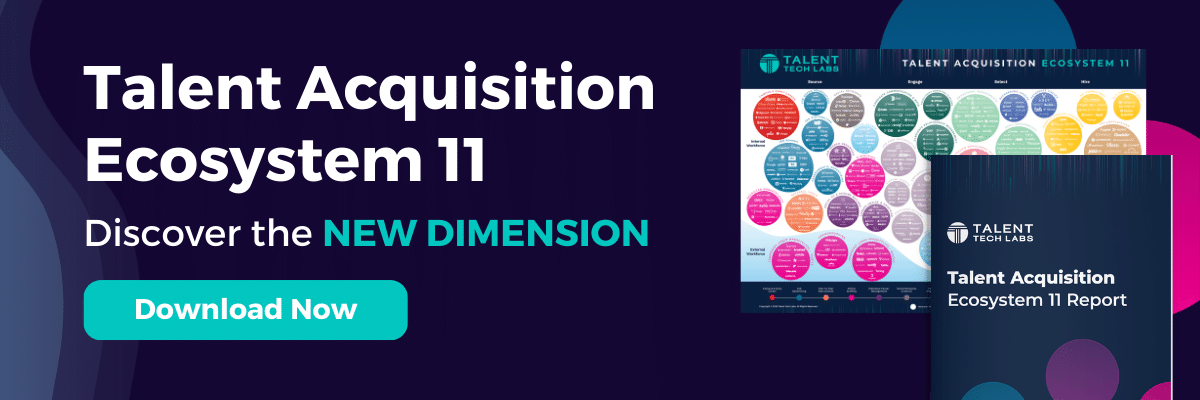One of the leading indicators of an organization learning to grow into the new age and listen to their employees is within their learning and development investment. During the COVID-19 pandemic, employee sentiment and loyalty highly correlated with the organization’s pandemic response and efforts; employees who felt like their companies had dealt with the situation well felt more likely (49%) to stay and be loyal to the organization versus the 28% of employees who felt like their organization handled it poorly according to a recent study by Deloitte. Alongside this, employees on average reported higher workloads during the pandemic as opposed to before as reported by the National Library of Medicine.
It should come as no surprise that the COVID-19 pandemic changed the employee-employer relationship indefinitely. We’ve emerged into a new age where employees voice their opinions about wanting more options in their careers in the workplace, where they want their aspirations heard and to be seen as a value-based asset to the organization as opposed to one of hundreds of “resources”. At Talent Tech Labs we have worked with many organizations who have successfully heard this feedback and have reflected it in their learning and development programs. We’ve seen (and helped) organizations build effective learning, internal mobility and recognition programs that reflect the evolving values of the modern employee.
Organizations may consider rehauling their learning and development programs for one or more of the following reasons:
- To improve employee retention
- To improve uptake of existing learning investments
- To expand their employee benefits offering
- To meet changing business needs and priorities (digitization, M&A, etc.)
- To future proof or reskill your workforce
Whether it is to improve your organization’s brand as employee-first or to address business priorities, learning and development teams that begin to make an effort to build programs that are user-centric will always have stronger outcomes.
We are sharing a few recommendations to get you started. For in-depth research and advisory services to modernize your L&D strategy, contact us today.
Performing a UX Audit on your Current Learning & Development Programs
One of the major reasons why your learning and development program may have low uptake may simply be because it is hard to use. Employees who have to navigate through multiple tools with archaic technology will be less likely to complete compulsory training, much less recommended learning. It is important to consider the number of tools that are part of your learning and development tech stack, the quality of the UX/UI of each tool, and the ability of those tools to integrate with each other.
Nowadays, many major LMS and LXP platforms have built-in integrations to host content either in one or the other, or in a completely separate platform such as Microsoft Teams.
When building a user-centric program such as L&D or internal mobility, it is crucial to prioritize or value consumer-grade technologies over legacy systems. You want to adopt the mentality that you are building a consumer product rather than an internal HR program.
Introducing Extended Learning Models
An emerging trend in LXP and LMS platforms has been the inclusion of “academies” or “capability journeys.” Employees are demanding access to deeper and more immersive learning models, where a lot of self-directed learning or course aggregator tools have fallen short. The idea of an academy that combines individual and group learning with experiential learning on topics that are relevant and go into the depth that is required by the market is highly appealing to many employees.
Organizations may want to try to introduce some of these academies (either built in-house or through an existing platform) based upon the existing demand within the employee workforce. We’ve seen academies for data science, AI, sales, marketing, and software development be incredibly popular amongst organizations of all sizes.
An emerging trend in LXP and LMS platforms has been the inclusion of “academies” or “capability journeys.” These solutions combine individual and group learning with experiential, in-depth education on relevant topics. Click To TweetInvesting in “Want to Have” Learning Content
Lastly, and probably, one of the most obvious recommendations would be the investment in content that employees want to learn. Most of the content on the market in the LMS/LXP space is built around content that is “need to have” or “nice to have” for an employee’s existing role in the organization, but lacks the ability to allow the employee to grow.
Taking into consideration employee aspirations and providing them an avenue to learn what they want on their own time is one of the definitive differences between an organization that can retain an employee eager to learn and experiment and losing them. Sound familiar? This recommendation may sound similar to the potential that an internal mobility program can provide – and it’s true. The combination of a strong internal mobility program that can help chart an employee’s aspirations against a personalized career path and a learning and development program that can provide personalized and engaging learning content to complement their journey has the potential to improve employee retention, satisfaction, and overall workforce capability.
As a learning and development or HR professional, it may be daunting to try to balance building compulsory training alongside building a consumer-grade experience that allows employees to explore the world of learning, but focusing on some of our recommendations will definitely have you moving in the right direction. Reducing obstacles and making learning efficient, introducing new and engaging methods of learning, and offering content that employees want to learn are some of the strongest quick wins to kickstart modernizing your learning approach.
Contact us to learn more about how learning and development technology can help with your L&D initiatives. Reach out today!

